Paracain Eye Drops 5ml Proparacaine
$54.00 – $120.00Price range: $54.00 through $120.00
| Pack Size | Price | Price / Unit | Quantity | |
|---|---|---|---|---|
| 3 Packs | $54.00 | $18.00/ unit | ||
| 5 Packs | $75.00 | $15.00/ unit | ||
| 10 Packs | $120.00 | $12.00/ unit |
Want to order in bulk / B2B price ? | Send Inquiry |


| SKU | 11457 |
| Manufacturer | Sunways India Pvt Ltd |
| Categories | Eye Care |
| Delivery Time | 10 - 14 Working Days |
| Strength | 0.5% |
Introduction to Paracain Eye Drops
Paracain Eye Drops is a prescription ophthalmic solution commonly used to numb the eye before certain medical procedures. It provides temporary relief from eye discomfort during diagnostic tests, minor surgeries, or eye examinations. The drops are applied directly into the affected eye by a healthcare provider.
This medication is especially useful in procedures such as tonometry, removal of foreign bodies, or cataract evaluations. Paracain Eye Drops help reduce pain and discomfort during these short-term procedures, ensuring patient comfort and smooth execution of eye-related examinations or treatments.
Paracain Eye Drops are typically used under strict medical supervision in clinics or hospitals. It is not intended for long-term or self-use and should only be applied by trained professionals. Its effects begin rapidly and last for a short duration, just enough for medical tasks. It is manufactured by Sunways India Pvt Ltd.
Uses of Paracain Eye Drops
Paracain Eye Drops are primarily used as a local anesthetic in ophthalmic (eye) procedures. They provide temporary numbness or loss of sensation in the eye to minimize discomfort during diagnostic or surgical procedures. Below are the common uses:
- Tonometry
- Removal of Foreign Bodies
- Minor Surgical Procedures
- Cataract Examination or Surgery Preparation
- Corneal and Conjunctival Diagnostic Tests
How Does Paracain Eye Drops Works?
Paracain Eye Drops contain proparacaine hydrochloride, a local anesthetic that temporarily blocks nerve signals in the eye. When applied, it quickly numbs the surface of the eye by interrupting the transmission of pain signals from the nerves to the brain.
This numbing effect makes it easier and more comfortable for patients to undergo procedures like tonometry, foreign body removal, or minor eye surgeries. The effects begin within seconds and typically last for 10 to 20 minutes, allowing enough time for the ophthalmologist to complete the procedure painlessly.
Side Effects of Paracain Eye Drops
Common Side Effects
- Mild stinging or burning sensation
- Watery or red eyes
- Blurred vision
- Light sensitivity
- Feeling of irritation or something in the eye
Serious Side Effects
- Allergic reactions
- Corneal damage
- Delayed ealing
- Changes in eye pressure
- Corneal swelling (edema)
- Systemic effects from absorption (rare)
- Contact dermatitis
Dosage of Paracain Eye Drops
The usual dosage of Paracain Eye Drops is 1 to 2 drops in the affected eye just before the procedure. It may be repeated every 5 to 10 minutes as needed, but not more than five doses are recommended. Always follow your eye specialist’s instructions carefully.
How To Manage Side Effects?
Paracain eye drops, it’s important to manage these effects appropriately. Here are general guidelines on how to manage common side effects and when to seek medical attention:
- Avoid Rubbing Your Eyes
- Use Lubricating Eye Drops
- Limit Exposure to Bright Light
- Monitor for Allergic Reactions
- Do Not Use Frequently or Long-Term
- Inform Your Doctor Immediately
Warnings & Precautions
Paracain eye drops, like any medication, come with specific warnings and precautions that should be considered before use. It’s important to follow the guidance of healthcare professionals and adhere to prescribed dosages and instructions. Here are some warnings and precautions associated with Paracain eye drops:
1. Limited to Ophthalmic Use:
- Paracain is intended for topical ophthalmic use only. It should not be used for injection or for anesthesia in other parts of the body.
2. Short-Term Use:
- Paracain is designed for short-term use and should not be used for prolonged periods. Prolonged or excessive use may lead to corneal damage, delayed healing, and other complications.
3. Individualized Dosage:
- The dosage and frequency of Paracain administration should be determined by the healthcare provider based on the specific procedure and the patient’s individual needs.
4. Avoiding Contamination:
- To prevent contamination, avoid touching the tip of the dropper to any surface, including the eye. Contamination can introduce bacteria and lead to infections.
5. Monitoring for Adverse Effects:
- Healthcare professionals should closely monitor patients for any adverse effects during and after the use of Paracain. This includes observing for signs of allergic reactions, corneal damage, and delayed healing.
6. Known Hypersensitivity:
- Individuals with known hypersensitivity or allergies to Paracain or its components should not use the medication. Alternative anesthetics may be considered.
7. Caution in Patients with Corneal Defects:
- Paracain should be used with caution in patients with corneal defects, abrasions, or lesions. The anesthetic effect may mask discomfort, potentially delaying the diagnosis and treatment of underlying issues.
Storage
- Store Below 25°C (77°F)
- Keep the Bottle Tightly Closed
- Use Within Recommended Period
- Keep Out of Reach of Children
- Do Not Use After Expiry
FAQs – Frequently Asked Questions
1. Is Paracain Safe For Everyone?
Paracain is generally safe when used as directed by a healthcare professional. However, individuals with known hypersensitivity or allergies to the drug should not use it.
2. How Quickly Does Paracain Take Effect?
Paracain has a rapid onset of action, typically taking effect within a few minutes after administration.
3. Can Paracain Be Used For Contact Lens Fitting?
Yes, Paracain may be used to numb the eye during contact lens fitting, making the process more comfortable.
4. Can Pregnant Or Breastfeeding Individuals Use Paracain?
The safety of Paracain during pregnancy and breastfeeding is not well established. The decision to use the medication in these situations will be made by a healthcare professional based on a risk-benefit assessment.
| Pack Size | 10 Packs, 3 Packs, 5 Packs |
|---|---|
| Price/Unit | $12/unit, $15/unit, $18/unit |
Be the first to review “Paracain Eye Drops 5ml Proparacaine” Cancel reply
Related Products
No related Products Found

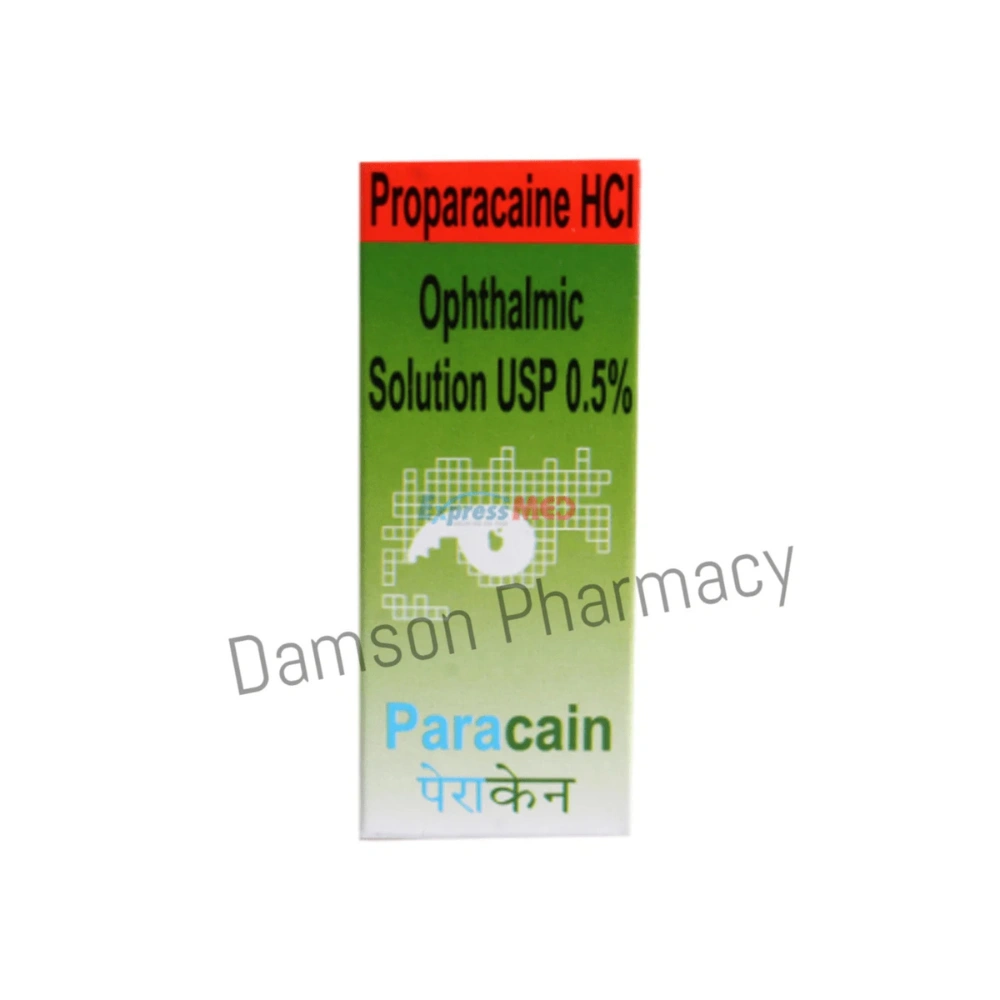
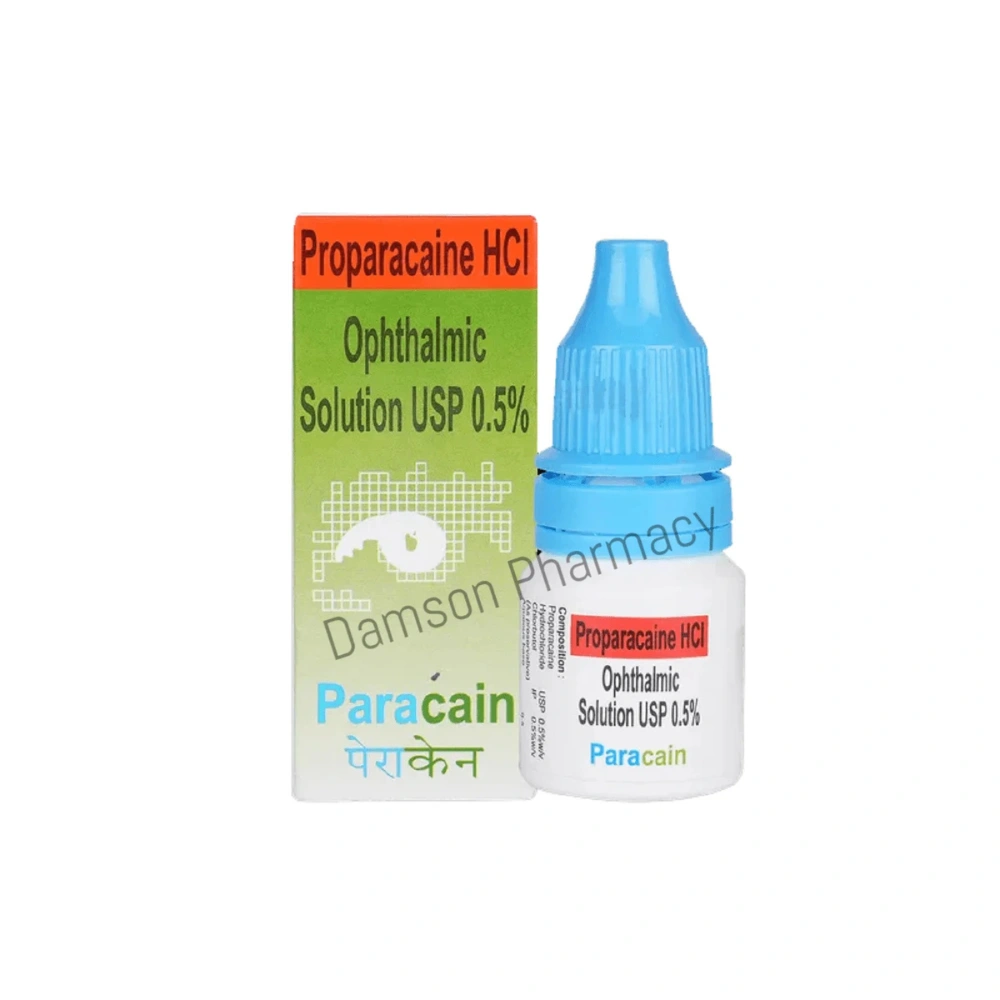
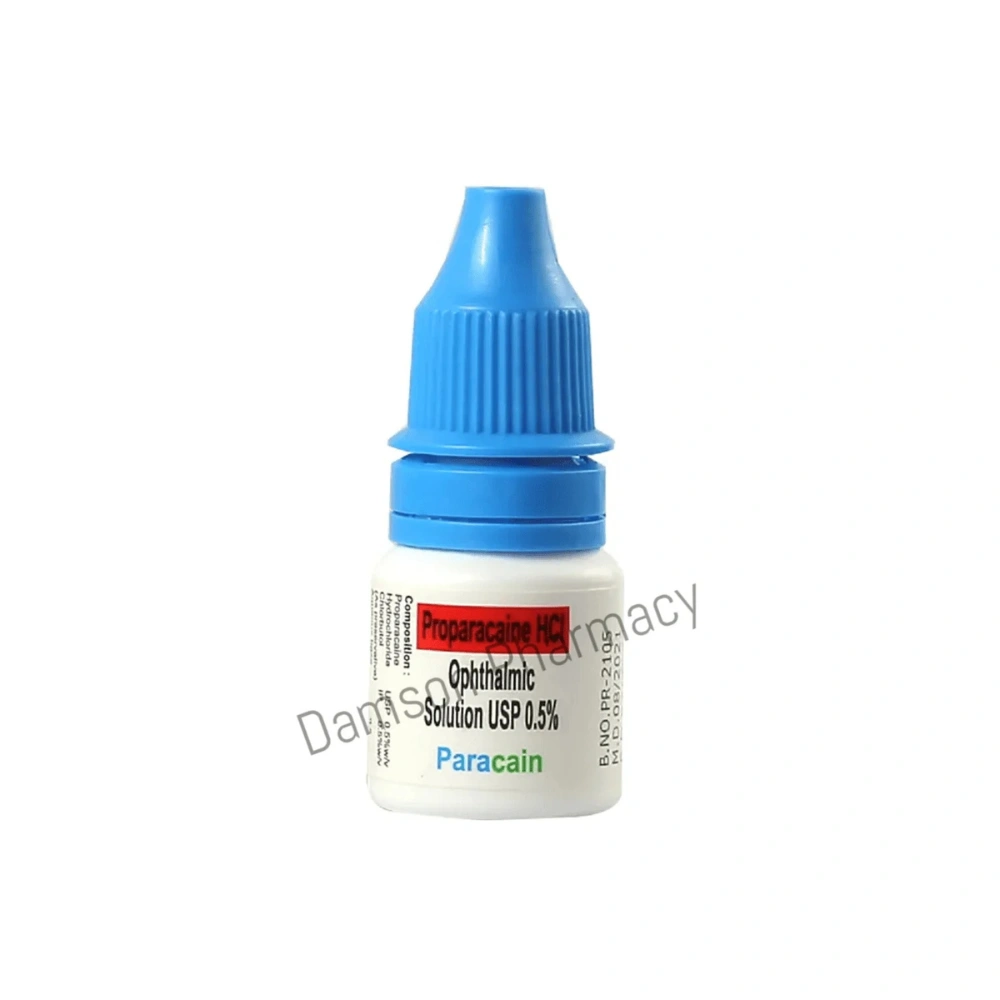
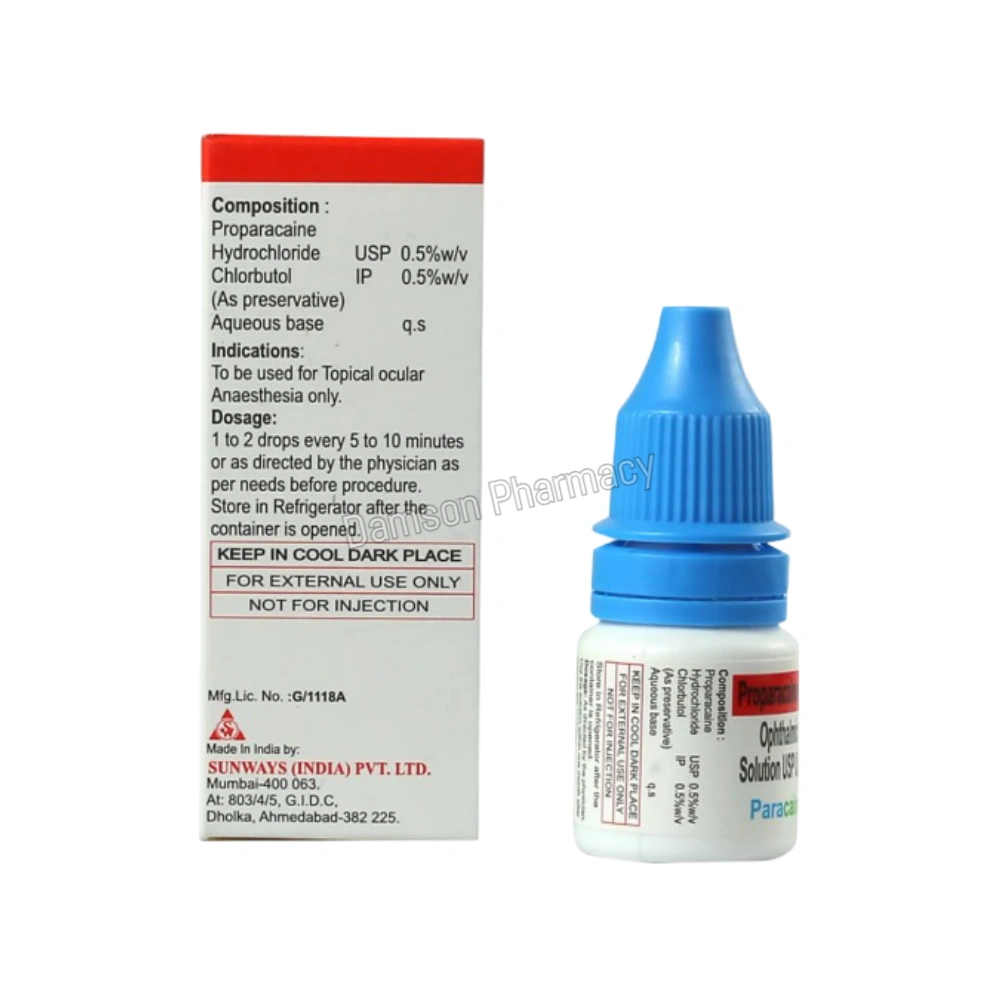
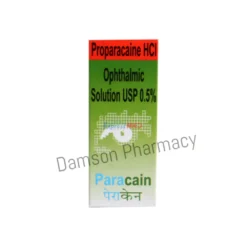
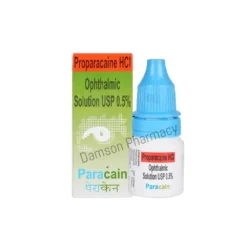
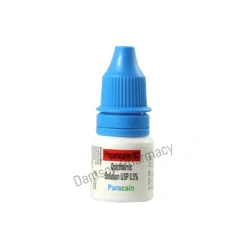
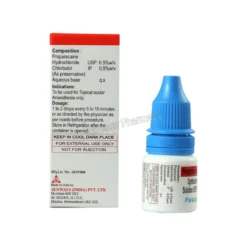
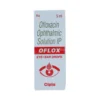

Reviews
There are no reviews yet.